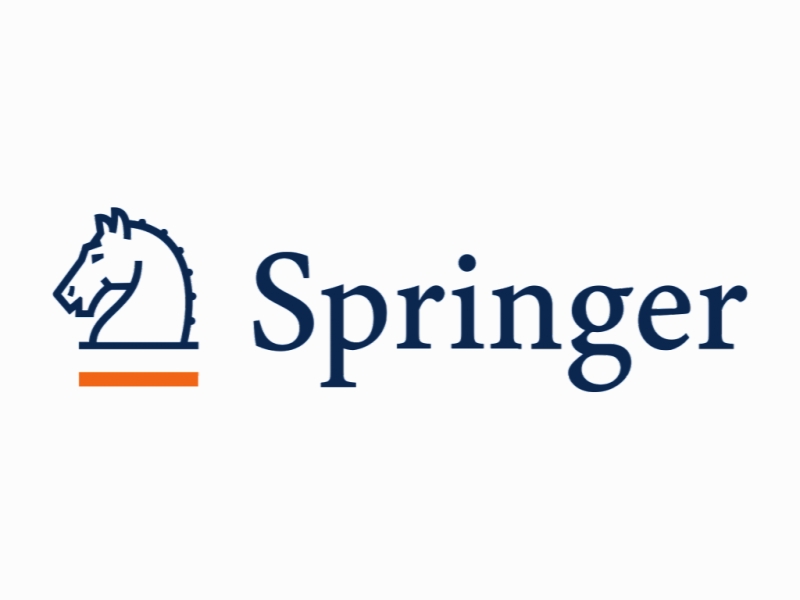چه چیزی عملکرد مالی تامین مالی خرد را در بنگلادش تعیین می کند؟ تحلیل داده های پانل What determines the financial performance of microfinance institutions in Bangladesh? a panel data analysis
- نوع فایل : کتاب
- زبان : انگلیسی
- ناشر : Springer
- چاپ و سال / کشور: 2018
توضیحات
رشته های مرتبط مدیریت
گرایش های مرتبط مدیریت مالی، مدیریت عملکرد
مجله کیفیت و کمیت – Quality & Quantity
دانشگاه Department of Development Studies – University of Malaya – Malaysia
شناسه دیجیتال – doi https://doi.org/10.1007/s11135-017-0528-1
منتشر شده در نشریه اسپرینگر
کلمات کلیدی انگلیسی Microfinance institutions, Social outreach, Women borrowers, Financial performance, Bangladesh
گرایش های مرتبط مدیریت مالی، مدیریت عملکرد
مجله کیفیت و کمیت – Quality & Quantity
دانشگاه Department of Development Studies – University of Malaya – Malaysia
شناسه دیجیتال – doi https://doi.org/10.1007/s11135-017-0528-1
منتشر شده در نشریه اسپرینگر
کلمات کلیدی انگلیسی Microfinance institutions, Social outreach, Women borrowers, Financial performance, Bangladesh
Description
1 Introduction Microfinance is a blessing to the poor as it provides them with financial alternatives to facilitate access credits which would not otherwise be available to them (Nasrin et al. 2016). Through microcredit, the poor are able to set up productive activities that can generate financial output. It can thus act as an important vehicle to reduce poverty, particularly in the developing and LDCs. It has proven its effectiveness in increasing the socio-economic status of its clients in Bangladesh (Rahman and Khan 2013). As a consequence, over the past 20 years, microfinance institutions (MFIs) have grown extensively and have contributed to improve the welfare of the poor. According to the report of the Microcredit Summit, as many as 3703 MFIs provide microcredit to 200 million people and out of this 60% belong to the poorest groups (Barry and Tacneng 2014), and around 82.3% are women (Maes and Reed 2012). It is also documented in the literature that as a consequence of women’s involvement in micro-credit programme, they are able to live a decent life with more confidence (Rahman and Khan 2013; Khan and Rahman 2016). The major difference between MFIs and conventional banking lies in the fact that the former offers credit that includes collateral-free lending, group-based credit, progressive loan structure, immediate repayment arrangements, regular repayment schedules and collateral substitutes (Quayes 2012). The evolution of MFIs has indeed created a social movement by which poor people, particularly women are able to make changes through income generation, which was previously inaccessible to them beyond their reach. Considering its success as a social movement, the microfinance industry addresses the issue of financial sustainability (Zeller 1998; Abdullah and Quayes 2016). However, a trade-off between sustainability and outreach to women and the poor has raised controversy over a paradigm shift in MFIs as sustainability on the basis of returns may adversely affect its prime mission of poverty alleviation. There are a vast number of MFIs that depend on donors for a steady flow of subsidies that receive funding on easy terms (Quayes 2012, 2015). Donor agencies subsidise MFIs so that they can extend credit to the poor to improve their social welfare. However, in recent years the aim of MFI’s has broadened to financial sustainability and efficiency rather than reaching the poorest of the poor. Moreover, donor agencies also emphasise on the self-sufficiency of MFIs so that they can generate income from the outstanding loan portfolio to meet the cost of lending money and to minimise the cost to reduce the dependency on external subsidies provided by them. This idea has been criticised by researchers as it can hamper outreach and will render MFIs profit-driven. Researchers have termed this phenomenon as ‘double-bottom line’ or ‘dual mission’ that emphasises both financial sustainability and social outreach. It is still highly debated and unclear whether MFIs can attain both missions simultaneously (Gutierrez-Nieto et al. 2007; Abate et al. 2014; Mia and Chandran 2016).


